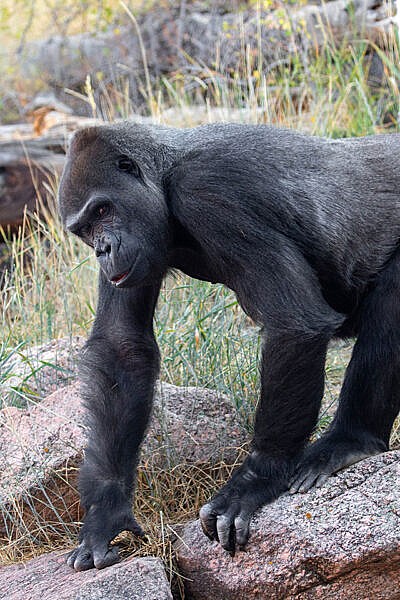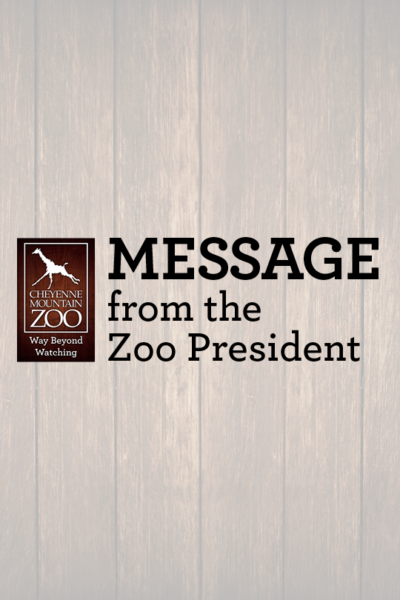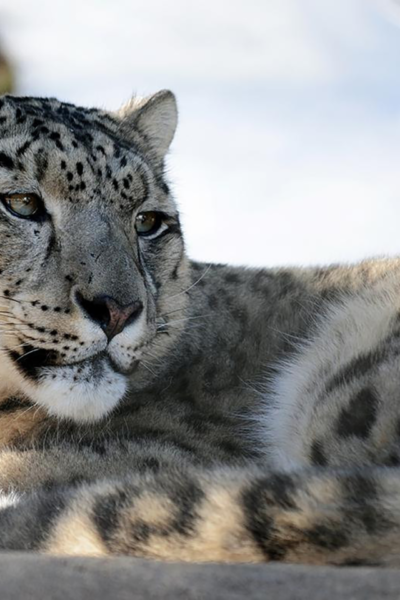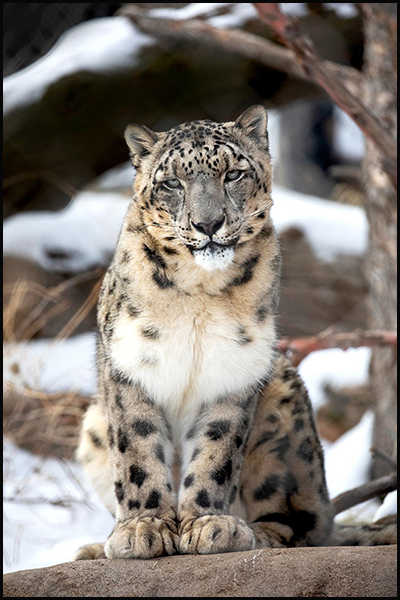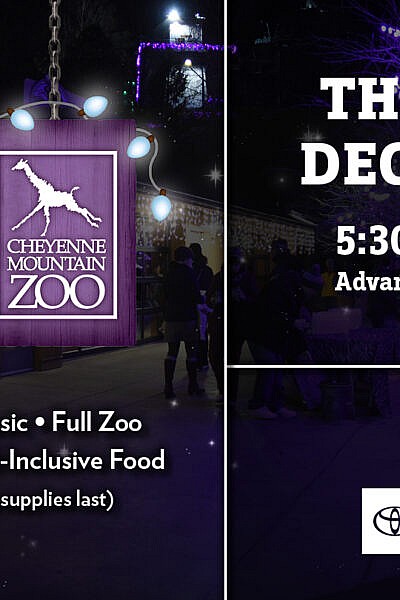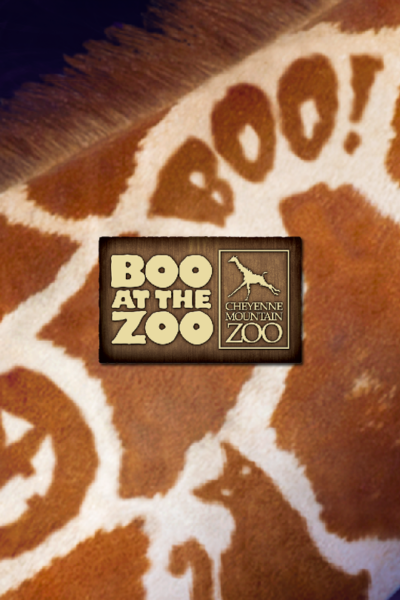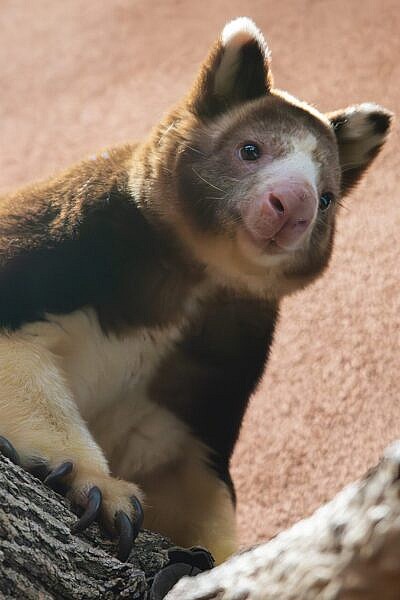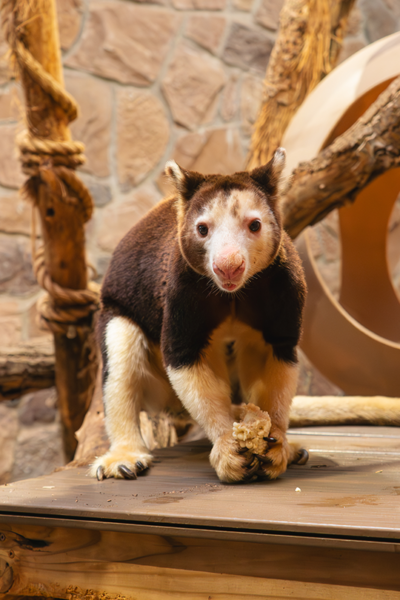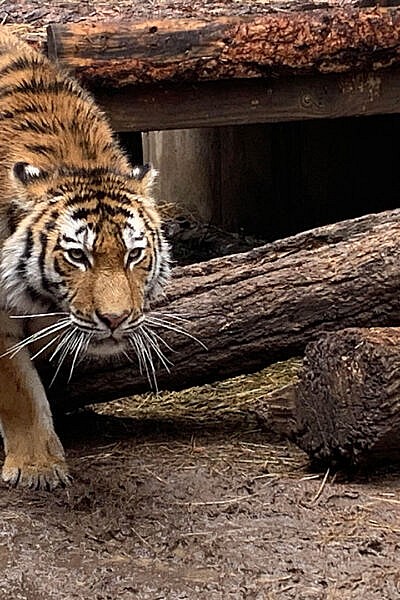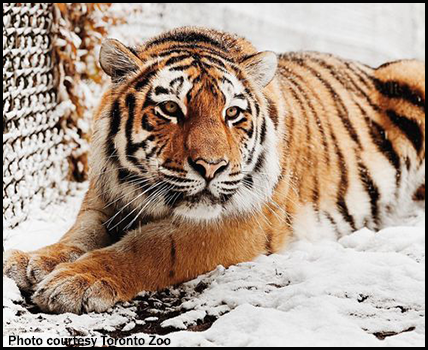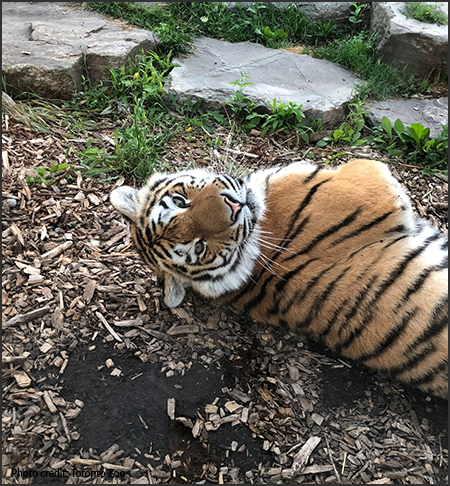Cheyenne Mountain Zoo is mourning the passing of a truly iconic animal: Juju, a 43-year-old female Western lowland gorilla. After a significant decline due to kidney disease and other age-related ailments, her care team made the compassionate decision to euthanize her today.

A month ago, Juju underwent an immobilization and treatment to address a downturn in her health. At that time, they unfortunately discovered late-stage kidney disease and held onto hope that she could live a comfortable life for longer than this. After a recent rapid decline, they ruled out additional care under anesthesia because it is always risky and is not a long-term solution for good welfare. It was clear to Juju’s team that her best care option was to give her a peaceful passing without pain.
Juju came to CMZoo at the age of 2, in September 1982. She was one of the Zoo’s longest residents, and many Zoo members, staff and guests made connections with her, thanks to her confident role in the gorilla troop.
“She was such a leader in the group, and she made it clear to her keeper team that she was the one in charge, too,” said Amy Tuchman, senior animal keeper. “I remember once scattering food from the roof into the gorilla yard with a colleague who didn’t know her preferences as well. She was sitting on the hill with her hand out, catching food from us when he threw her a carrot – not her favorite. She threw it right back at him with such intention.”
Juju was a big presence in so many ways, including her volume. She was extremely vocal, often grumbling loudly – a sign of a satisfied gorilla – when she got a favorite piece of produce. She was also gentle and playful with her gorilla bestie, Roxie, a 47-year-old female.
“She had the most incredible relationship with Roxie of any two gorillas I’ve ever seen or heard about,” said Carrie Supino, animal keeper in Primate World. “Occasionally, we’d get the rare benefit of catching them in the middle of tickle fights where they’d wrestle with each other and make happy play faces, which for two ‘old ladies’ was always such a heartwarming thing to see.”
Juju wasn’t just playful with Roxie; she would also engage in play behaviors with her keepers.
“Sometimes, she would come over to the mesh near keepers and grumble her happy grumble and want you to play with her,” said Debbie Fenton, senior animal keeper. “Gorillas can be ticklish and when Juju wanted to be tickled, she would stand up, put her back against the mesh and raise her big arms, so you could tickle her through the fencing under her arms and on her back as she ‘laughed’ in her own gorilla way.”

A truly multifaceted individual, Juju was also an excellent participant in voluntary husbandry training, which she learned at the Zoo through positive reinforcement, a training method by which animals have the choice of whether to participate, and get their favorite treats when they choose to engage. This training helps animals live healthy lives full of choice and care when they are healthy, and allows them to receive lower-stress care when they need medical attention. Juju’s repertoire of training skills allowed her to calmly receive an anesthesia injection when she recently presented her shoulder to keepers, which they interpreted as her asking for help when she was not feeling well at the end of October.
“She was always eager to train, even when the training was for a more difficult behavior, like receiving an injection or, more recently, getting a blood pressure reading on a finger cuff or participating in a cardiac ultrasound,” said Ashton Asbury, animal keeper in Primate World. “She learned voluntary blood pressure reading and cardiac ultrasound behaviors in just a few sessions, which is phenomenal.”
The median life expectancy of a female Western lowland gorilla in human care is 39 years, according to the Association of Zoos and Aquariums. Primate World is closed today to allow staff and the remaining gorilla troop of four to process her passing. Because gorillas are tightly bonded social animals, caregivers plan to give the gorillas, Goma, Kwisha, Asha and Roxie, the opportunity to view Juju after her passing. The animal care team will closely monitor the troop’s individual behaviors and social dynamic, and will make adjustments to care plans, if needed. Please keep Juju’s keepers and troop members in your thoughts as they process the loss of such an iconic CMZoo presence.
“Juju was a special gorilla,” said Jon Wild, lead animal keeper in Primate World. “Her strength and leadership within the troop, her ability to delight guests by wearing a blanket or scarf while carrying a boot and the relationships she developed with her troop and caregivers are just a few examples of her remarkable impact on those around her. She has helped me, and many others, be a better animal keeper and a better person. Thank you, Juju, for allowing me into your world.”
